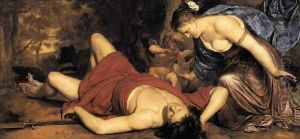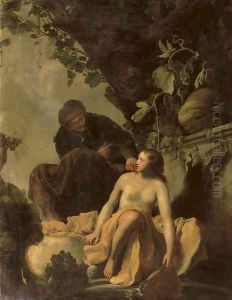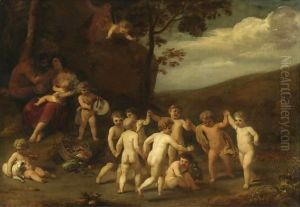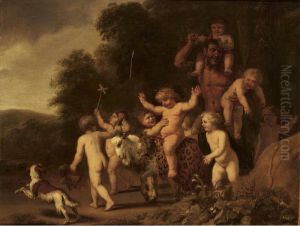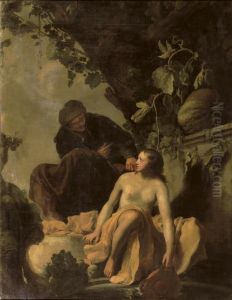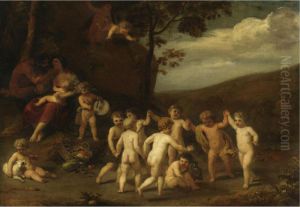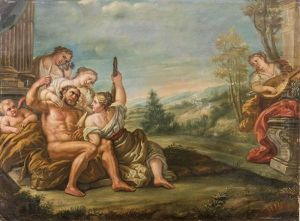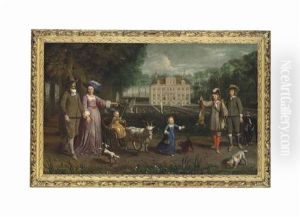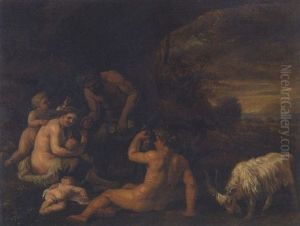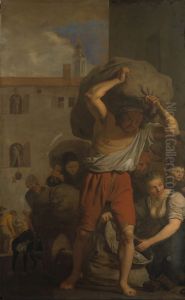Cornelis Holsteyn Paintings
Cornelis Holsteyn was a Dutch Golden Age painter and engraver mainly known for his decorative fresco work, portraits, and historical allegories. Born in 1618 in Haarlem, he was a part of the Northern Netherlands' prolific period of art and culture. Holsteyn was born into an artistic family; his father Pieter Holsteyn I was a glass painter, and his brother Pieter Holsteyn II was also an artist known for his miniatures and engravings.
Cornelis received his initial training from his father and later developed his skills, possibly under the guidance of other local Haarlem painters. Although not much is known about his apprenticeship, his work reflects the influence of contemporary Haarlem artists and the broader Dutch artistic traditions of the time.
Holsteyn's career was marked by his versatility, as he was skilled in producing artworks for various purposes, from grandiose ceiling and wall paintings for prestigious buildings to smaller-scale works such as portraits and historical paintings. This diversity in practice made him a sought-after artist for both public commissions and private collectors.
Unfortunately, many of Holsteyn's larger works have been lost over time due to the perishable nature of fresco paintings and the vicissitudes of history. However, his remaining portraits and other works continue to be appreciated for their composition, delicate use of color, and clarity of form. Among his notable projects were the decorations for the city hall of Amsterdam and various commissions for local churches, which unfortunately were destroyed in the 17th century when many Catholic images were removed during the Protestant Reformation in the Netherlands.
Cornelis Holsteyn's career was relatively short-lived as he died young, in 1658, in Amsterdam. Despite his premature death, his contributions to Dutch art during the Golden Age have been recognized by art historians, and his surviving works continue to be studied and admired for their craftsmanship and stylistic qualities within the context of the period.
